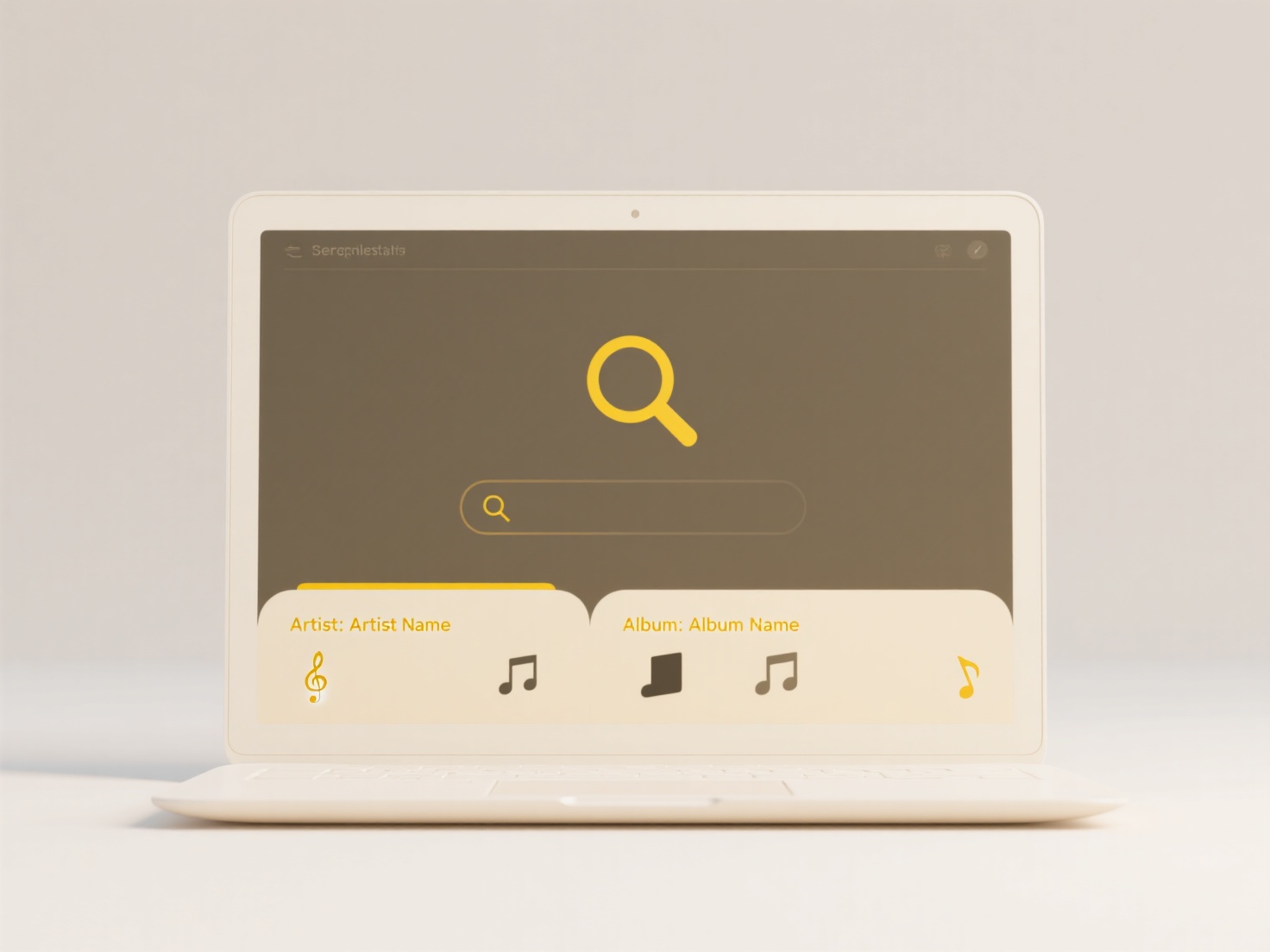
Cloud files refer to data stored remotely on servers accessed via the internet, distinct from the physical storage (like your phone's internal memory or an SSD) within your device. Your device's storage holds locally saved files, applications, and operating system files. Crucially, files solely saved within cloud services (like iCloud Drive, Google Drive, Dropbox, or OneDrive) do not consume your device's storage space unless you intentionally download a copy for offline use. Your device storage is only used for files you explicitly save onto it or for apps that download temporary cached data.

For instance, viewing photos directly stored in Google Photos via the app only streams them, keeping your phone's storage free. Similarly, editing a Microsoft Word document stored in OneDrive online requires the document to be temporarily downloaded to your device for changes; saving it back uploads it to the cloud, freeing the device space again. Many mobile apps (social media, streaming services, email) primarily store user data remotely to minimize local storage demands.
The primary advantage is virtually unlimited storage accessible without constantly upgrading your device. However, accessing cloud files requires a reliable internet connection, and download speeds can impact usability. Security concerns exist regarding sensitive data stored remotely. Future developments focus on seamless synchronization and offline access management, enabling smarter use of both cloud and local storage together without manual user intervention.
Do cloud files count toward my device storage limits?
Cloud files refer to data stored remotely on servers accessed via the internet, distinct from the physical storage (like your phone's internal memory or an SSD) within your device. Your device's storage holds locally saved files, applications, and operating system files. Crucially, files solely saved within cloud services (like iCloud Drive, Google Drive, Dropbox, or OneDrive) do not consume your device's storage space unless you intentionally download a copy for offline use. Your device storage is only used for files you explicitly save onto it or for apps that download temporary cached data.

For instance, viewing photos directly stored in Google Photos via the app only streams them, keeping your phone's storage free. Similarly, editing a Microsoft Word document stored in OneDrive online requires the document to be temporarily downloaded to your device for changes; saving it back uploads it to the cloud, freeing the device space again. Many mobile apps (social media, streaming services, email) primarily store user data remotely to minimize local storage demands.
The primary advantage is virtually unlimited storage accessible without constantly upgrading your device. However, accessing cloud files requires a reliable internet connection, and download speeds can impact usability. Security concerns exist regarding sensitive data stored remotely. Future developments focus on seamless synchronization and offline access management, enabling smarter use of both cloud and local storage together without manual user intervention.
Quick Article Links
How do I change file permission after saving?
File permissions control who can read, edit, or execute a file. When you save a new file, your operating system automati...
How do I search across USB or external drives?
Searching across USB or external drives involves locating files stored on physical devices like flash drives, external h...
Can I batch rename plugin exports from design tools?
Batch renaming plugin exports refers to the capability within design tool add-ons to efficiently rename multiple design ...